Paneer: Basic Information
Pronunciation
Alternative Name(s)
Dish Type
Course
Mealtime
Popular Variations
Paneer: Ingredients and Preparation
Main Ingredients
Main Cooking Method
Preparation Process
Paneer: A Deep Dive
Cultural Significance
Taste
Texture
Aroma
Color
Serving Style
Serving Temperature
Accompaniment
Occasions
Seasons
Special Diets
Calories
Popularity
Popular Similar Dishes
Popular Dining Area
Paneer is an Indian cheese that is made using sour milk cheese created by combining milk with highly acidic fruits, like lemon, or vegetables. Also known as ponir, locals make paneer by using cow or buffalo milk.
In India, each region has a specific twist to the making process of paneer, like using other acidic products, including vinegar, dahi (yogurt), or citric acid, to form the curds. Then, the water is pressed out of the curds using a cheesecloth.
Afterward, the paneer block is soaked in chilled water for around 2 to 3 hours to allow the texture and outer look to develop. In North India, the cheese is then placed under heavy stone slabs (2 – 3 hours) before being cut for serving in curries.
Alternatively, people from Bengali and Odia use chhena (coagulated cheese) to make paneer. By kneading the chhena to the consistency of a dough, it’s then heavily seasoned with salt for hardening into paneer, which is then served with biscuits or bread during teatime.
In the city of Surat, in Gujarat, paneer is created by letting the curd drain and ripen in whey for 12 to 36 hours. Also, this type of paneer goes by the name surti paneer.
Surprisingly, paneer is the most frequently used cheese in India for combining with many dishes. To add to that, locals even add paneer to the dough for deep-frying or with vegetables to create many specialties.
After fully understanding paneer, make sure to dive deeper into this cheese, which includes the origin, the making process, the cooking tips, and dishes that include paneer. Then, check out how paneer is brought into Central Asian countries.
Also, there are many intriguing benefits and drawbacks of eating this cheese, along with comparisons between paneer, cottage cheese, halloumi, and ricotta.
Plus, I’ll answer some of your frequent concerns relating to paneer and give you some dishes that are similar to this Indian cheese.
Key Points
Paneer Images
What Is the Origin of Paneer?
Paneer is a fresh acid-set cheese common in the cuisine of the Indian subcontinent, made from full-fat buffalo milk or cow milk. The word “paneer” entered English from the Hindi-Urdu term “panīr”, which originates from the Persian word “panir” meaning ‘cheese’.
Commonly, paneer cheese doesn’t have a clear origin, when there are up to 3 theories of how paneer came into this world:
- Ancient Indian: Some ancient Indian texts mention milk solids, which were precipitated with acidic juice, similar to paneer. Vedic literature refers to a substance that some authors interpret as a form of paneer. However, there are also references that the acidulation of milk was a taboo in ancient Indo-Aryan culture.
- Afghan and Iranian: Another theory suggests that paneer is indigenous to the north-western part of South Asia and was introduced to India by Afghan and Iranian travelers.
- Portuguese influence: There’s a theory that the Portuguese introduced the technique of “breaking” milk with acid to Bengal in the 17th century. Thus, Indian acid-set cheeses like paneer might have been first prepared in Bengal under Portuguese influence.
With the origin of paneer in your hand, I have more to offer, like the methods for creating paneer.
What Is the Origin of Paneer?
Paneer cheese is made through a simple process that involves curdling milk. In other words, it’s possible to create homemade paneer in just 5 steps:
- Boiling milk: Boil full-fat milk of buffalo or cow.
- Add an acidic liquid: Once the milk is boiling, an acid, such as lemon juice, vinegar, citric acid, or yogurt (dahi), is added to the milk to induce curdling. The acid causes the milk proteins to coagulate, separating the curds (solid) from the whey (liquid).
- Strain the curd: When the milk has already curdled, remove the whey from the curds by pouring it through a cheesecloth.
- Pressing: The curd is then pressed using weight to remove excess water and define the texture of the cheese. A short pressing time results in a softer paneer, while a longer pressing time makes it firmer.
- Shaping: Once pressed, the paneer is shaped into a block or shape. Now, the cheese is ready for usage and storage.
This traditional method results in a fresh, non-melting cheese that’s versatile for adding to any dish. To add to that, I have many tips for handling paneer cheese when it comes to cooking.
What Are the Tips for Cooking with Paneer?
Here are a few tips and tricks to handle paneer like a pro:
- Boiling: Generally, there’s no need to boil paneer before cooking. However, for a softer texture, especially with store-bought paneer, immerse it in hot water for a few minutes.
- Frying: Frying gives it a golden crust and prevents it from crumbling in dishes. It’s optional and based on personal preference.
- Washing before cooking: Store-bought paneer should be rinsed under cold water to remove any preservatives or excess salt. Alternatively, homemade paneer usually doesn’t require washing.
- Grilling: Paneer is suitable for grilling due to its firm texture. It’s a popular method for dishes like paneer tikka.
- Marinating: Paneer is excellent for marinating as it absorbs flavors well. Common marinades include yogurt, spices, and herbs.
- Soaking: If the paneer has been refrigerated and becomes hard, soaking it in warm water for 10-15 minutes can soften it, making it easier for subsequent cooking or cutting.
Don’t forget to check out the dishes that are implemented with paneer to expand your list of specialties.
How Paneer Is Used in Dishes?
These are dishes made with paneer that you should know:
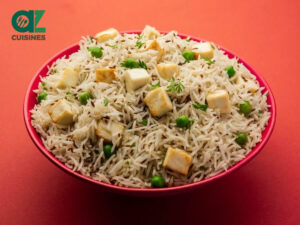
Paneer Pulao
Flavorful rice dish with sautéed paneer cubes
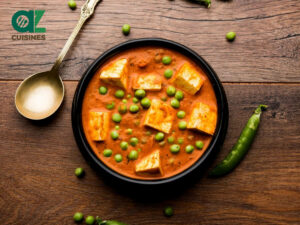
Mattar Paneer
Paneer and peas in a spiced tomato gravy
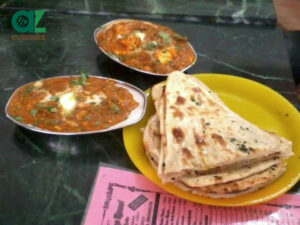
Shahi Paneer
Creamy curry with paneer infused with tomatoes

Paneer Tikka
Marinated paneer roasted in a tandoor oven
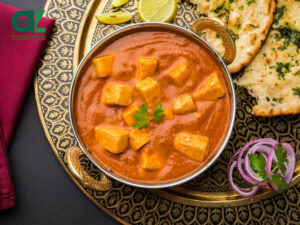
Paneer Tikka Masala
Grilled paneer in a spiced, creamy gravy
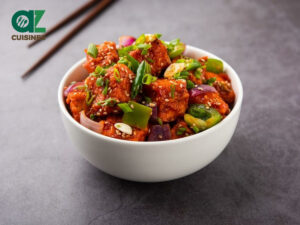
Chilli Paneer
Spicy Indo-Chinese dish with spring onions

Kadai Paneer
Paneer with bell peppers in a spicy masala

Paneer Pakora
Deep-fried paneer slices in spiced gram flour batter
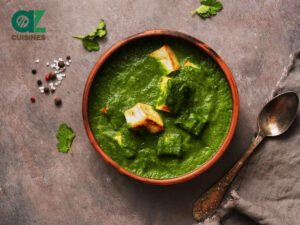
Palak Paneer
Paneer cubes in a spiced spinach gravy
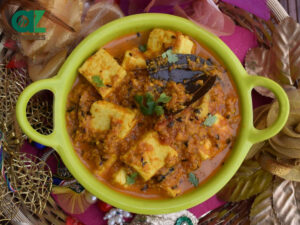
Khoya Paneer
Rich dish with paneer cooked with khoya (thickened milk)
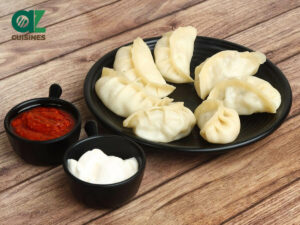
Paneer Momo
Tibetan dumplings filled with spiced paneer
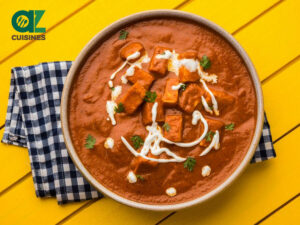
Paneer Butter Masala
Creamy, buttery curry with paneer cubes
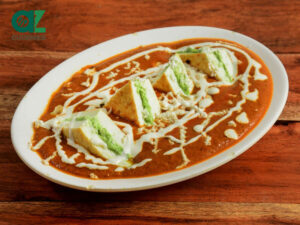
Paneer Pasanda
Stuffed paneer sandwiches in a creamy gravy
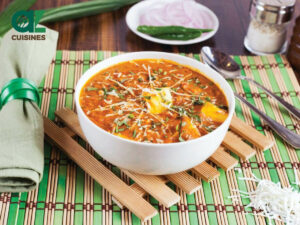
Paneer Lababdar
Rich, creamy curry with paneer cubes
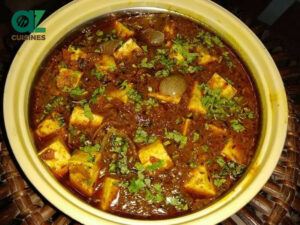
Paneer Do Pyaaz
Paneer dish with a generous amount of onions
Aside from the dishes, there are also interesting ideas on how this type of cheese got to countries in Central Asia.
How Is Paneer Adopted into Central Asian Cuisine?
In Central Asia, paneer often appears in Kazakhstan, Kyrgyzstan, and Tajikistan. Here are some ideas to note down:
- Kazakhstan: In Kazakhstan, paneer is embraced for its mild and creamy taste, incorporated into traditional dishes like manty and beshbarmak.
- Kyrgyzstan: Paneer in Kyrgyz cuisine is a testament to culinary adaptability, enriching traditional dishes such as samsa with its creamy texture and mild flavor.
- Tajikistan: In Tajikistan, paneer has become a cherished addition to the culinary landscape, enhancing both sweet and savory dishes.
Next, discover the benefits and drawbacks in case you’re planning to include paneer into a part of your diet.
Pros and Cons of Eating Paneer
When you have paneer cheese ready, there are some advantages and disadvantages of eating paneer that you should know:
Pros
Cons
After getting to know the positive and negative features of consuming paneer, I suggest not skipping a beat by looking at the things that set paneer and cottage cheese apart.
What Are the Differences Between Paneer and Cottage Cheese?
Although paneer is referred to as Indian cottage cheese, this Indian dairy product still has various unique features that distinguish it from authentic cottage cheese.
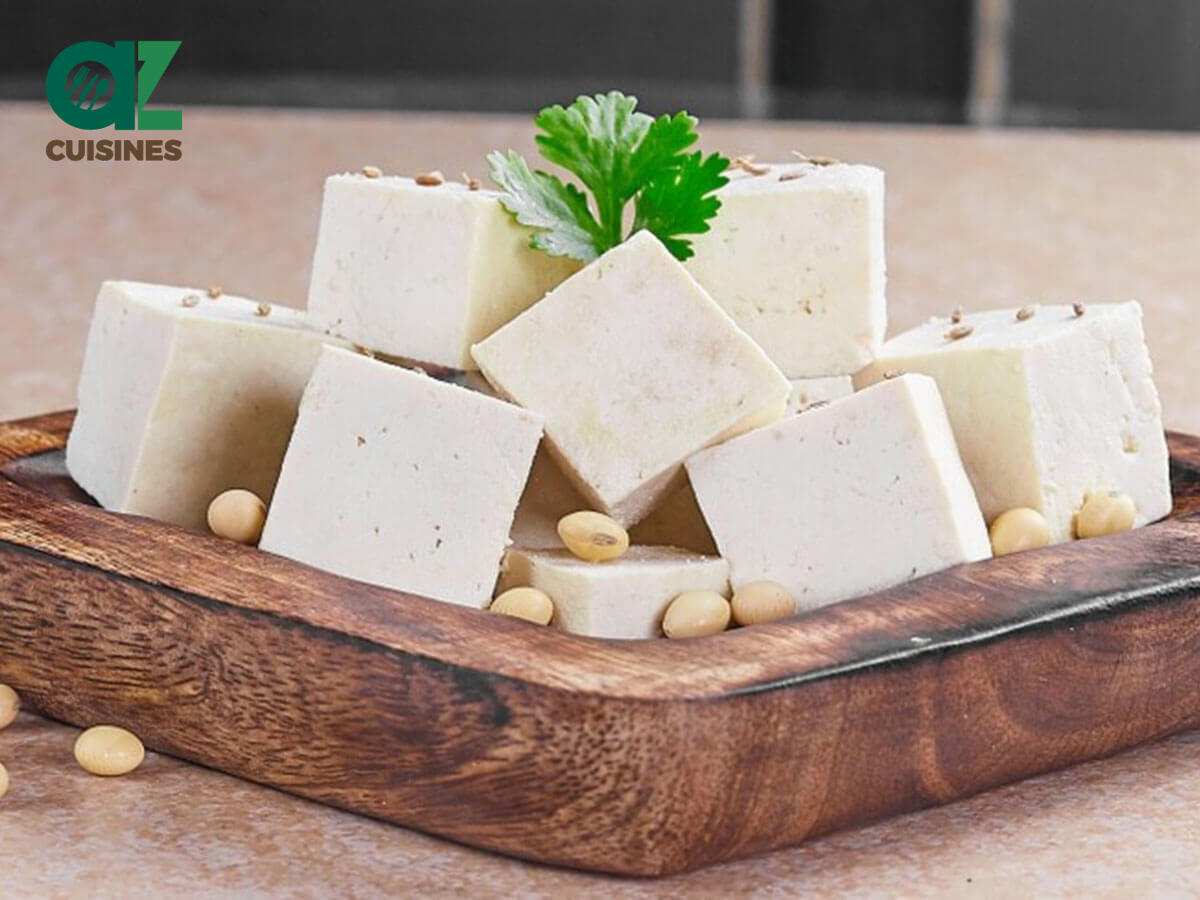
Paneer
Origin and Popularity: Indian subcontinent; a staple in Indian, Nepali, Bangladeshi, and Pakistani cuisines
Preparation: Curdled with an acid (e.g., lemon juice) and pressed to remove whey
Texture: Firm, crumbly, or soft
Taste: Mild and milky
Usage: Many Indian dishes
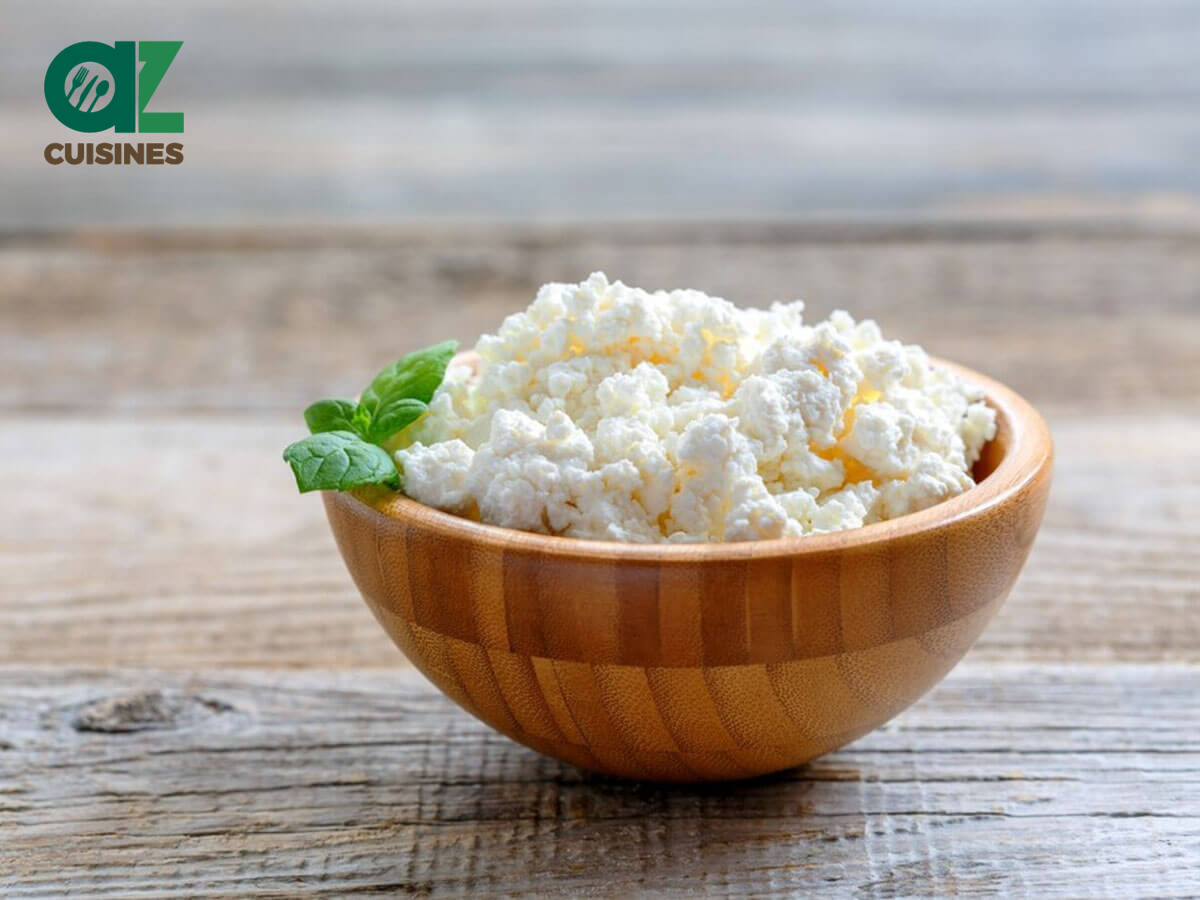
Cottage Cheese
Origin and Popularity: Originated in Europe; popular in many Western countries
Preparation: Curdled with rennet or an acid; the curds are usually not pressed.
Texture: Soft, crumbly, and creamy
Taste: Slightly tangy and salty
Usage: Eaten fresh, in salads, spreads, or as a topping
Additionally, cottage cheese is not the only item that people often place on the same table with paneer as there’s still halloumi, a goat cheese of Cyprus.
How to Distinguish Between Paneer and Halloumi?
To distinguish paneer and halloumi, here are some key differences to note:

Paneer
Origin: Indian subcontinent
Ingredient: Cow or buffalo milk
Texture: Soft, firm, and crumbly
Taste: Mild and milky
Usage: Indian dishes
Shelf Life: Shorter due to its fresh nature
Appearance: White blocks or cubes
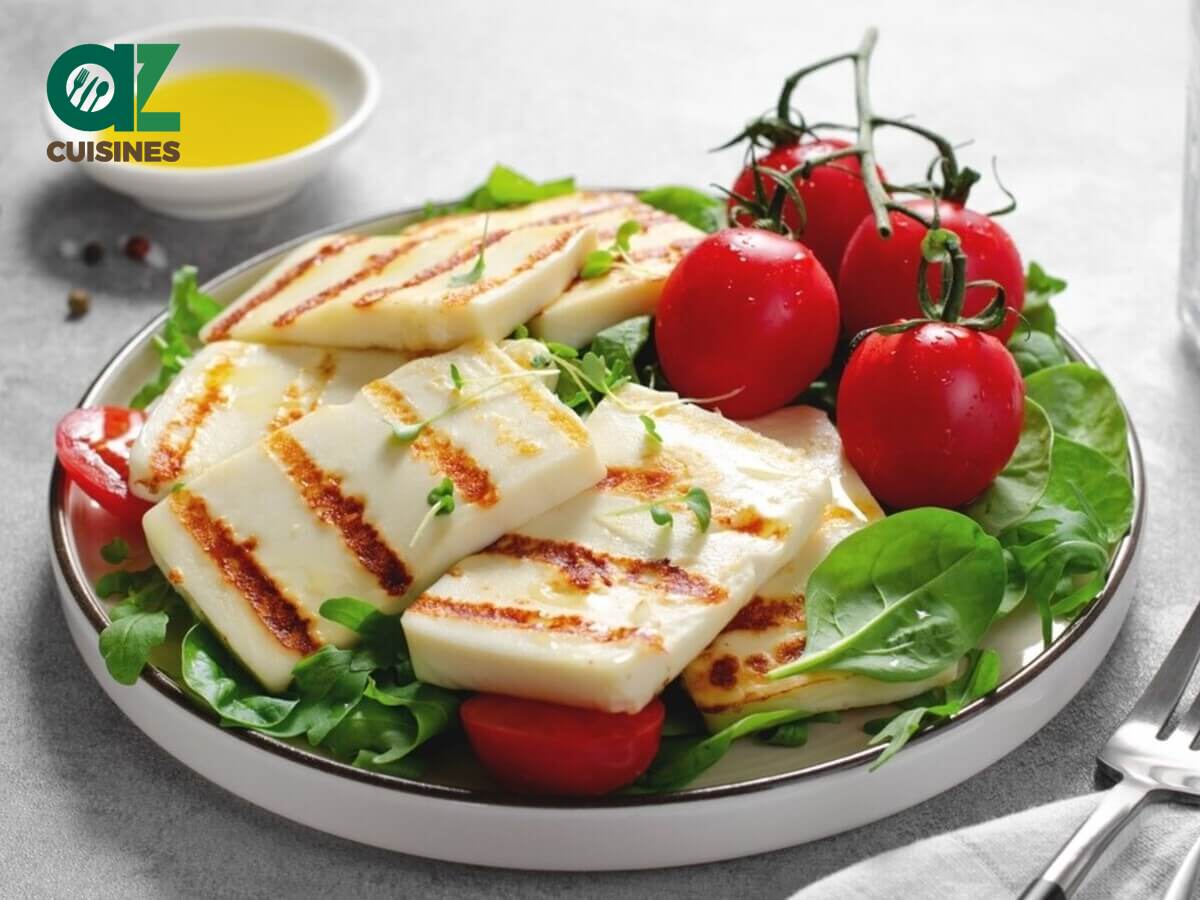
Halloumi
Origin: Cyprus
Ingredient: Goat or sheep milk
Texture: Firm and rubbery
Taste: Salty and briny with a hint of mint
Usage: Sliced and grilled or fried; in Mediterranean dishes
Shelf Life: Longer, especially when stored in its brine
Appearance: White, with a layered appearance, and cut into slices
I hope you find this comparison between paneer and halloumi exciting. To add to that, make sure to check out the easy ways to differentiate paneer and ricotta.
What Makes Paneer Different from Ricotta?
Without further ado, here are the key differences between paneer and ricotta:

Paneer
Origin: Indian subcontinent
Texture: Firm, soft, and crumbly
Taste: Mild and milky
Preparation: Curdling milk with an acid and then pressing
Usage: Indian dishes

Ricotta
Origin: Italy
Texture: Soft, creamy, and grainy
Taste: Mild with a slightly sweet undertone
Preparation: Made from the leftover whey, often heated with an acid
Usage: Italian dishes
Additionally, there are still more common inquiries relating to paneer for you to uncover and satisfy your curiosity.


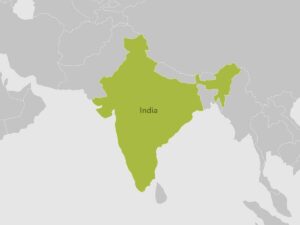
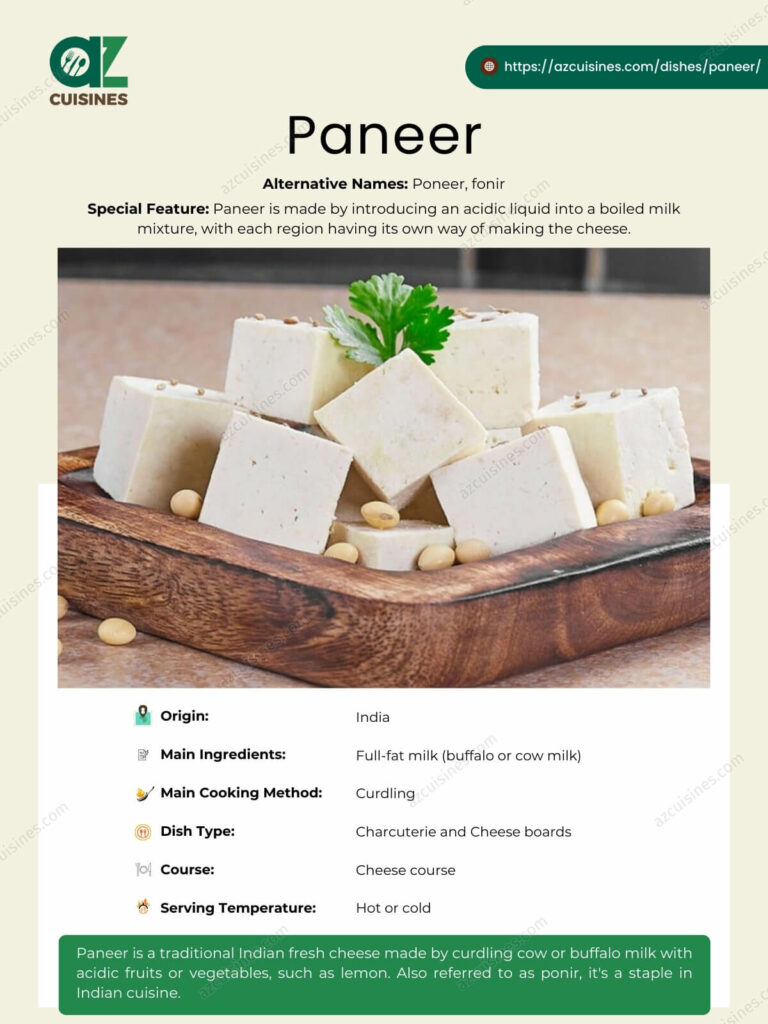


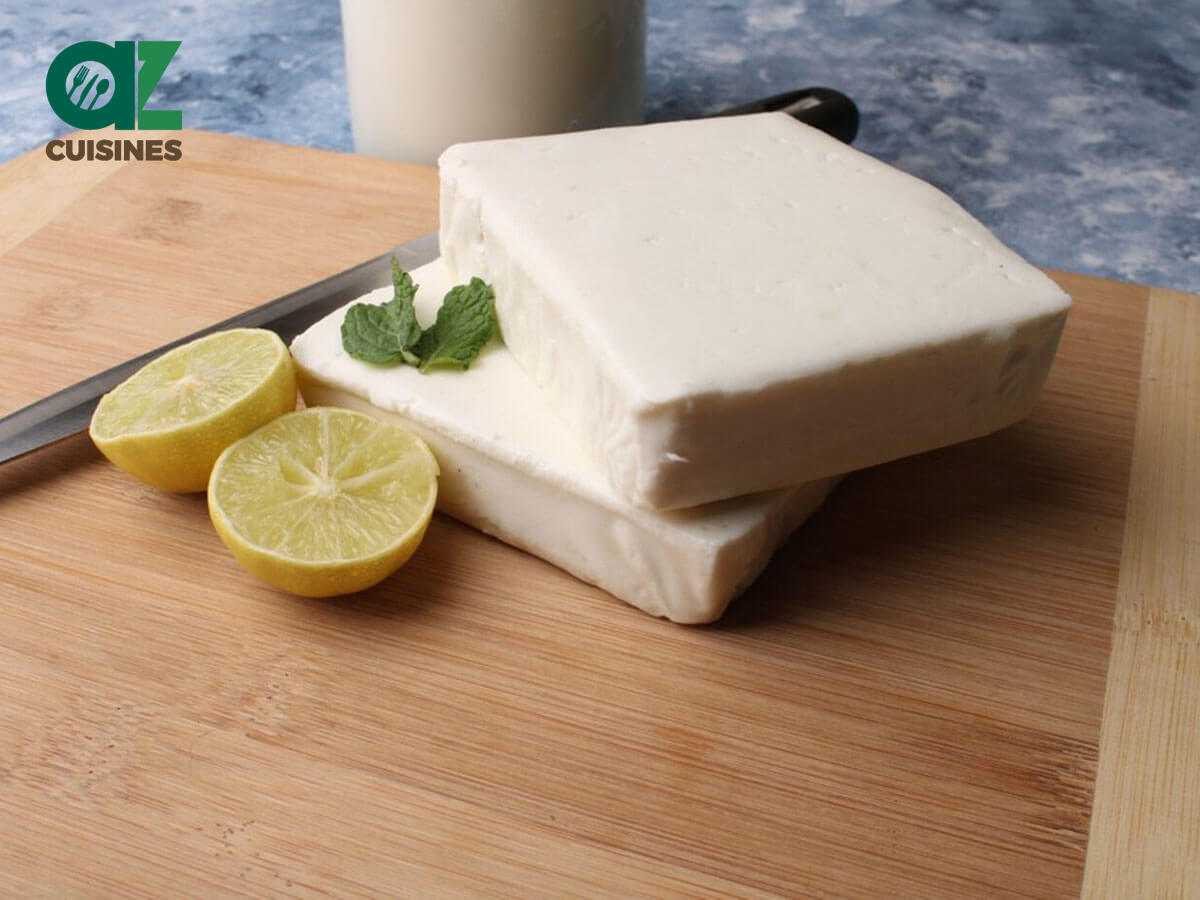

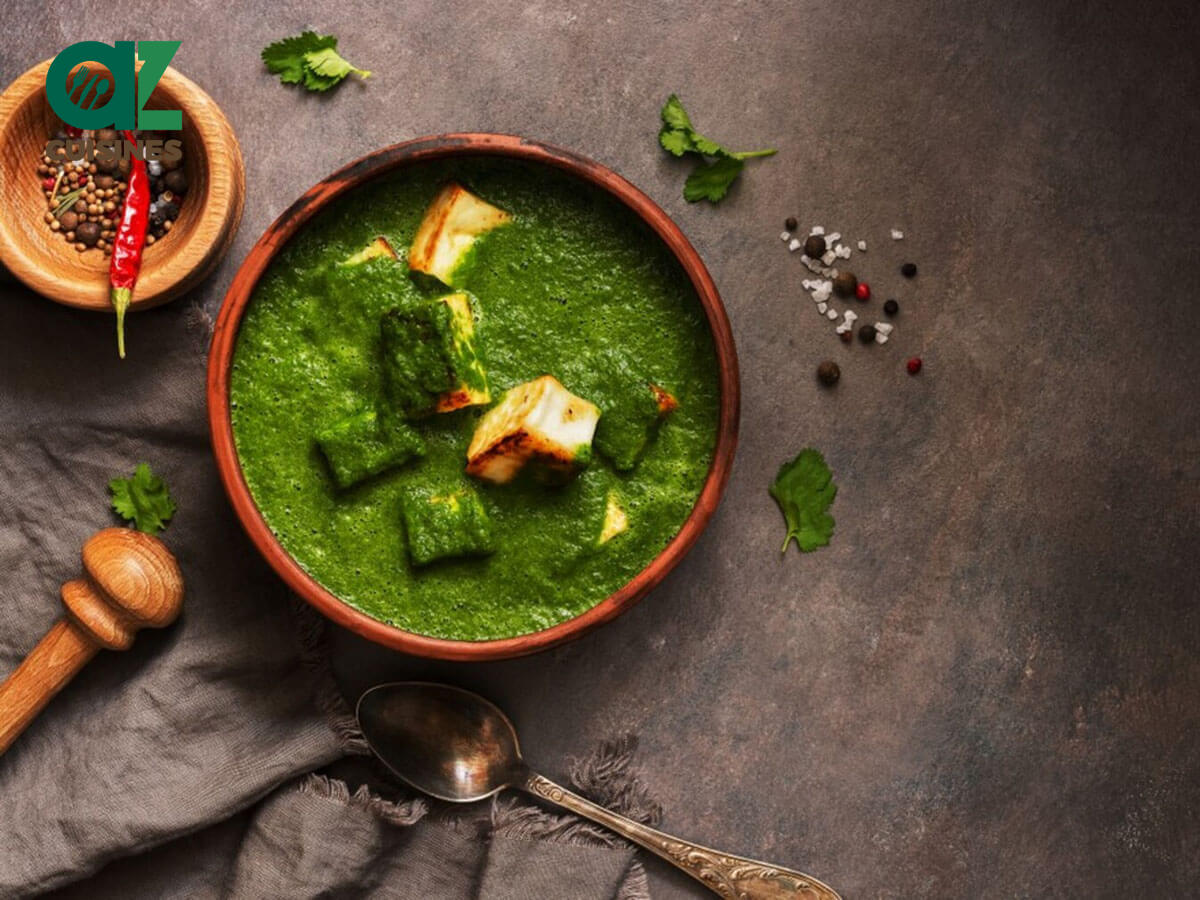
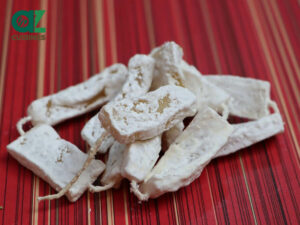
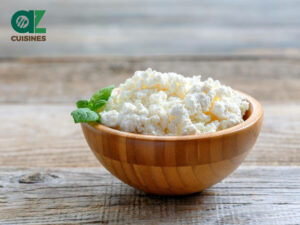


Adam Sam
Senior Food and Drink Editor
Expertise
Food Writer & Recipe Developer, Recipe Tester, Bartender, Cooking-video Maker, Editor In Chief
Education
Adam Sam, an experienced food writer and recipe developer, is passionate about blending diverse culinary traditions, national dishes, and innovative beverages, showcasing his proficiency in both traditional and modern recipe testing.
As the Editor-in-Chief, he elevates culinary content from street food to fine dining, focusing on Western cuisine and types of drinks at azcuisines.com, and is professional in creating engaging cooking videos that simplify complex dishes and ingredients.
His passion for food is evident in his writing, where he uniquely merges various cultures, traditions, and contemporary trends, skillfully combining classic recipes with modern cooking methods.